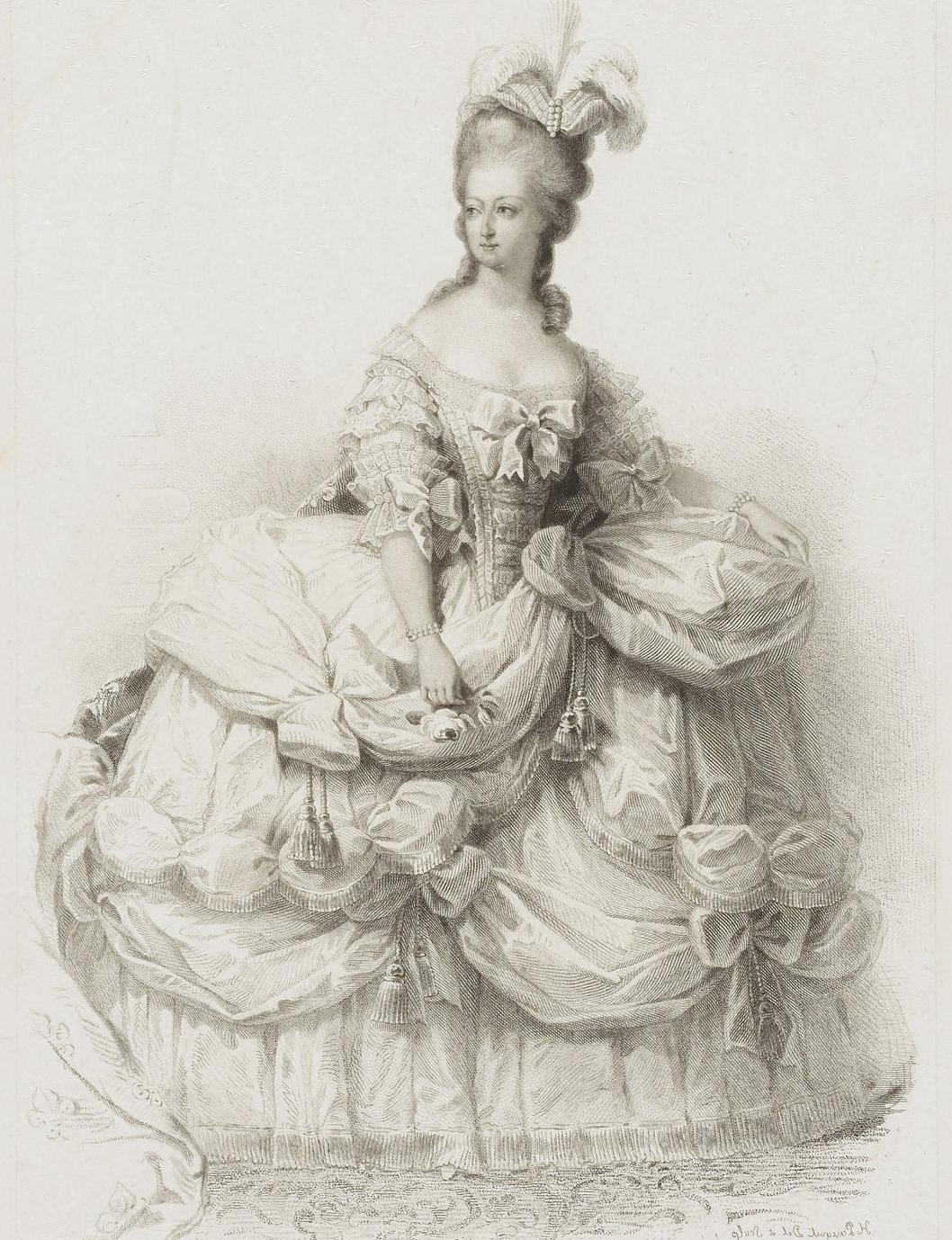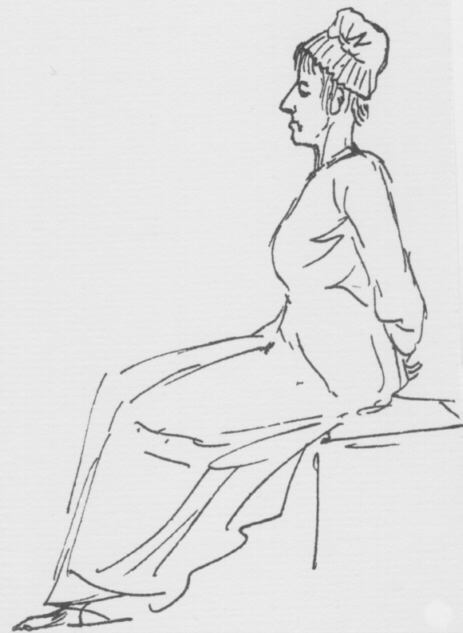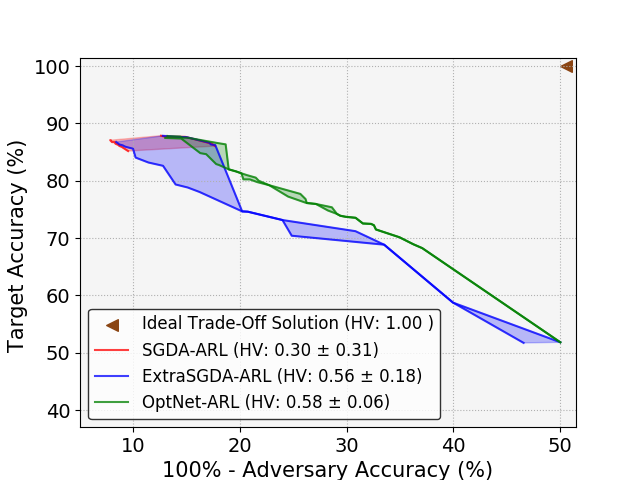Towards Learning Semantically Controllable Representations

Data, data everywhere $\dots$

Representations of Data

Representations of Data

Representations of Data



Progress In Machine Learning
Speech Processing
Image Analysis
Natural Language Processing
Physical Sciences
State-of-Affairs
(report from the real-world)
March 24, 2016


April 25, 2017


Feb. 09, 2018


- Boulamwini and Gebru, "Gender Shades:Intersectional Accuracy Disparities in Commercial Gender Classification," FAT 2018

Jan. 18, 2020

Today's Agenda
100 Years of Data Representations




Bias in Learning
- Training:
- Inference: Microsoft Gender classification


- Boulamwini and Gebru, "Gender Shades:Intersectional Accuracy Disparities in Commercial Gender Classification," FAT 2018
Privacy Leakage
- Training:
- Inference: Microsoft Smile classification
- Target Task
- Smile: 93.1%
- Privacy Leakage
- Gender: 82.9%










- B. Sadeghi, L. Wang, V.N. Boddeti, "Adversarial Representation Learning With Closed-Form Solvers," CVPRW 2020
Information Leakage from Representations
- Learned Embeddings:
- Attacks on Embeddings:


- Mai et. al., ‘‘On the reconstruction of face images from deep face templates," IEEE Transactions on Pattern Analysis and Machine Intelligence, 2018
Recklessly absorb all statistical correlations in data
So What?




Next Era of Data Representations


Controlling Semantic Information
- Target Concept: Smile & Private Concept: Gender
- Problem Definition:
- Learn a representation $\mathbf{z} \in \mathbb{R}^d$ from data $\mathbf{x}$
- Retain information necessary to predict target attribute $\mathbf{t}\in\mathcal{T}$
- Remove information related to a desired sensitive attribute $\mathbf{s}\in\mathcal{S}$



Technical Challenge
- How to explicitly control semantic information in learned representations?
- Can we explicitly control semantic information in learned representations?
A Subspace Geometry Perspective
- Case 1: when $\mathcal{S} \perp \!\!\! \perp \mathcal{T}$ (Gender, Age)


- Case 3: when $\mathcal{S} \sim \mathcal{T}$ ($\mathcal{T}\subseteq\mathcal{S}$)

- Case 2: when $\mathcal{S} \not\perp \!\!\! \perp \mathcal{T}$ (Car, Wheels)





- B. Sadeghi, L. Wang, V.N. Boddeti, ‘‘Adversarial Representation Learning with Closed-Form Solutions," CVPRW 2020
A Fork in the Road
- Design metric to measure semantic attribute information
- not obvious how
- Learn metric to measure semantic attribute information
- probably feasible
Game Theoretic Formulation



- Three player game between:
- Encoder extracts features $\mathbf{z}$
- Target Predictor for desired task from features $\mathbf{z}$
- Adversary extracts sensitive information from features $\mathbf{z}$
- Adversary: learned measure of semantic attribute information
How do we learn model parameters?




- Simultaneous/Alternating Stochastic Gradient Descent
- Update target while keeping encoder and adversary frozen.
- Update adversary while keeping encoder and target frozen.
- Update encoder while keeping target and adversary frozen.
Three Player Game: Linear Case

- Global solution is $(w_1, w_2, w_3)=(0, 0, 0)$
- P. Roy and V.N. Boddeti, "Mitigating Information Leakage in Image Representations: A Maximum Entropy Approach", CVPR 2019
Optimizing Likelihood Can be Sub-Optimal



- Limitations:
- Encoder target distribution leaks information !!
- Practice: simultaneous SGD does not reach equilibrium
- Class Imbalance: likelihood biases solution to majority class
Maximum Entropy Adversarial Representation Learning
Encoder optimizes entropy of adversary instead of likelihood.



Converges to Local Optima
Maximum Entropy ARL Continued...



- Three player game between:
- Encoder extracts features $\mathbf{z}$
- Target Predictor for desired task from features $\mathbf{z}$
- Adversary extracts sensitive information from features $\mathbf{z}$
- Three Player Non-Zero Sum Game:
\begin{equation}
\begin{aligned}
\min_{\mathbf{\theta}_A} & \mbox{ } \underbrace{\color{orange}{J_1(\mathbf{\theta}_E,\mathbf{\theta}_A)}}_{\color{orange}{\mbox{error of adversary}}} \\
\min_{\mathbf{\theta}_E,\mathbf{\theta}_T} & \mbox{ } \underbrace{\color{cyan}{J_2(\mathbf{\theta}_E,\mathbf{\theta}_T)}}_{\color{cyan}{\mbox{error of target}}} - \alpha \underbrace{\color{orange}{J_3(\mathbf{\theta}_E,\mathbf{\theta}_A)}}_{\color{orange}{\mbox{entropy of adversary}}} \nonumber
\end{aligned}
\end{equation}
Geometry of Optimization
\begin{equation} \begin{aligned} \min_{\mathbf{\Theta}_E} & \ \ {\color{cyan}{J_t(\mathbf{\Theta}_E)}} \\ \mathrm {s.t. \ \ } & {\color{orange}{J_s (\mathbf{\Theta}_E) \ge \alpha}} \nonumber \end{aligned} \end{equation}



- Non-convexity: feasible set is non-convex
- Non-differentiability: solution is either a plane or a line
- B. Sadeghi, R. Yu, V.N. Boddeti, ‘‘On the Global Optima of Kernelized Adversarial Representation Learning," ICCV 2019
Solution: Spectral Adversarial Representation Learning
- Lagrangian formulation: \begin{equation} \min_{\mathbf{\Theta}_E} \Big\{(1-\lambda){\color{cyan}{J_t(\mathbf{\Theta}_E)}}- (\lambda) {\color{orange}{J_s (\mathbf{\Theta}_E)} }\Big\} \nonumber \end{equation}
Non-Convex + Non-Differentiable
- Solution: \begin{equation} \mathbf{\Theta}_E, r^*=\mbox{Negative Eig} \Big\{\mathbf{X}\left(\lambda \color{orange}{\mathbf{S}^T \mathbf{S}} - (1-\lambda)\color{cyan}{\mathbf{Y}^T \mathbf{Y}} \right)\mathbf{X}^T \Big\}\nonumber \end{equation}
Global Optima + Optimal Dimensionality + Performance Bounds
- B. Sadeghi, R. Yu, V.N. Boddeti, "On the Global Optima of Kernelized Adversarial Representation Learning," ICCV 2019
Closed-Form Solvers



- Encoder extracts features $\mathbf{z}$
- Target Predictor: kernel ridge regressor to predict target from $\mathbf{z}$
- Adversary: kernel ridge regressor to extract sensitive information from $\mathbf{z}$
- B. Sadeghi, L. Wang, V.N. Boddeti, "Adversarial Representation Learning with Closed-Form Solutions," CVPRW 2020
Properties of Ideal Embedding

- Embedding Dimensionality
- # of negative eigenvalues of \begin{equation} \mathbf{B} = \lambda \tilde{\mathbf{S}}^T \tilde{\mathbf{S}} -(1-\lambda)\tilde{\mathbf{Y}}^T \tilde{\mathbf{Y}} \end{equation}



Application-1: Fair Classification
- UCI Adult Dataset (creditworthiness, gender)
| Method | Income | Gender | $\Delta^*$ |
|---|---|---|---|
| Raw Data | 84.3 | 98.2 | 22.8 |
| Remove Gender | 84.2 | 83.6 | 16.1 |
| Zero-Sum game | 84.4 | 67.7 | 0.3 |
| Non-Zero-Sum Game | 84.6 | 67.3 | 0.1 |
| Global-Optima | 84.1 | 67.4 | 0.0 |
| Hybrid | 83.8 | 67.4 | 0.0 |
Fair Classification: Interpreting Encoder Weights

Application-2: Mitigating Privacy Leakage


- CelebA Dataset (smile, gender)
| Method | Smile | Gender | $\Delta^*$ |
|---|---|---|---|
| Raw Data | 93.1 | 82.9 | 21.5 |
| Zero-Sum game | 91.8 | 72.5 | 11.1 |
| Non-Zero-Sum Game | 91.6 | 62.1 | 0.7 |
| Global-Optima | 92.0 | 61.4 | 0.0 |
| Hybrid | 92.5 | 61.4 | 0.0 |
Application-3: Mitigating Privacy Leakage

Application-4: Illumination Invariance

- 38 identities and 5 illumination directions
- Target:Identity Label
- Sensitive:Illumination Label
| Method | $s$ (lighting) | $t$ (identity) |
|---|---|---|
| Raw Data | 96 | 78 |
| NN + MMD (NeurIPS 2014) | - | 82 |
| VFAE (ICLR 2016) | 57 | 85 |
| Zero-Sum Game (NeurIPS 2017) | 57 | 89 |
| Non-Zero-Sum Game | 40 | 89 |
| Global-Optima | 20 | 86 |
Open Questions
- Understand fundamental trade-off between utility and semantic control.
- Understand achievable trade-off between utility and semantic control.
- Optimization of adversarial training, especially three player games under general settings.
- Large scale applications.
- $\dots$
Summary
- A striving step towards explicitly control the semantic information in learned representations.
- Adversarial Representation Learning is a promising approach.
- Many unanswered open questions and practical challenges.
- Next generation of machine learning systems have to be designed with security/privacy/fairness constraints.
Thank You



